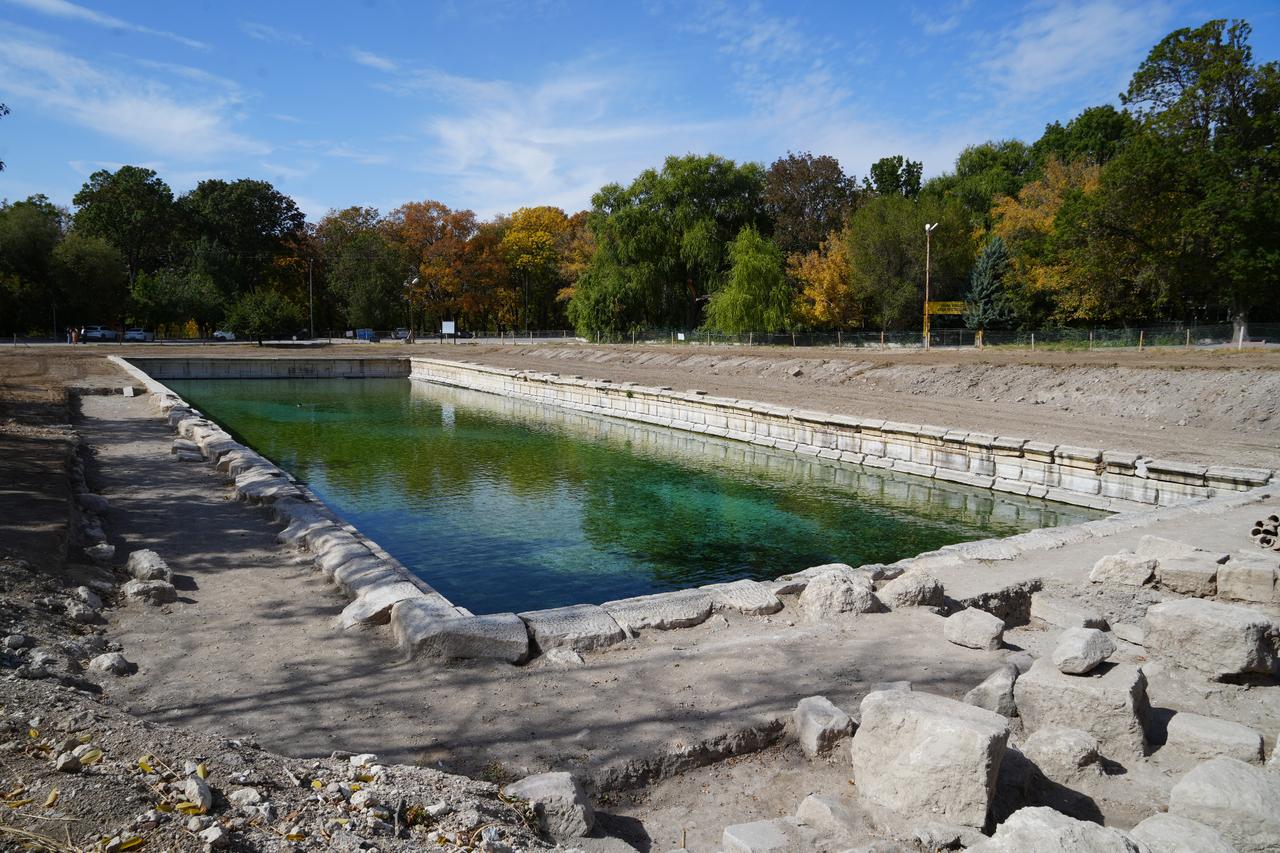
Archaeological excavations in Bahceli, a settlement in the Bor district of Nigde in central Türkiye, have reshaped understanding of a well-known Roman-era pool long believed to have served only as part of an urban water supply system. New findings show that the structure, built in the second century A.D., functioned as a healing and ritual center dedicated to the ancient Greek-Roman god of medicine, Asklepios.
The project is being carried out under the Ministry of Culture and Tourism’s "Heritage for the Future" project, led by Professor Osman Doganay of Aksaray University’s Archaeology Department. The Roman Pool, constructed during the reigns of Emperors Trajan and Hadrian, was traditionally understood as a functional element that supplied drinking water to the ancient city of Tyana. Excavations carried out in 2025, however, have profoundly expanded this interpretation.
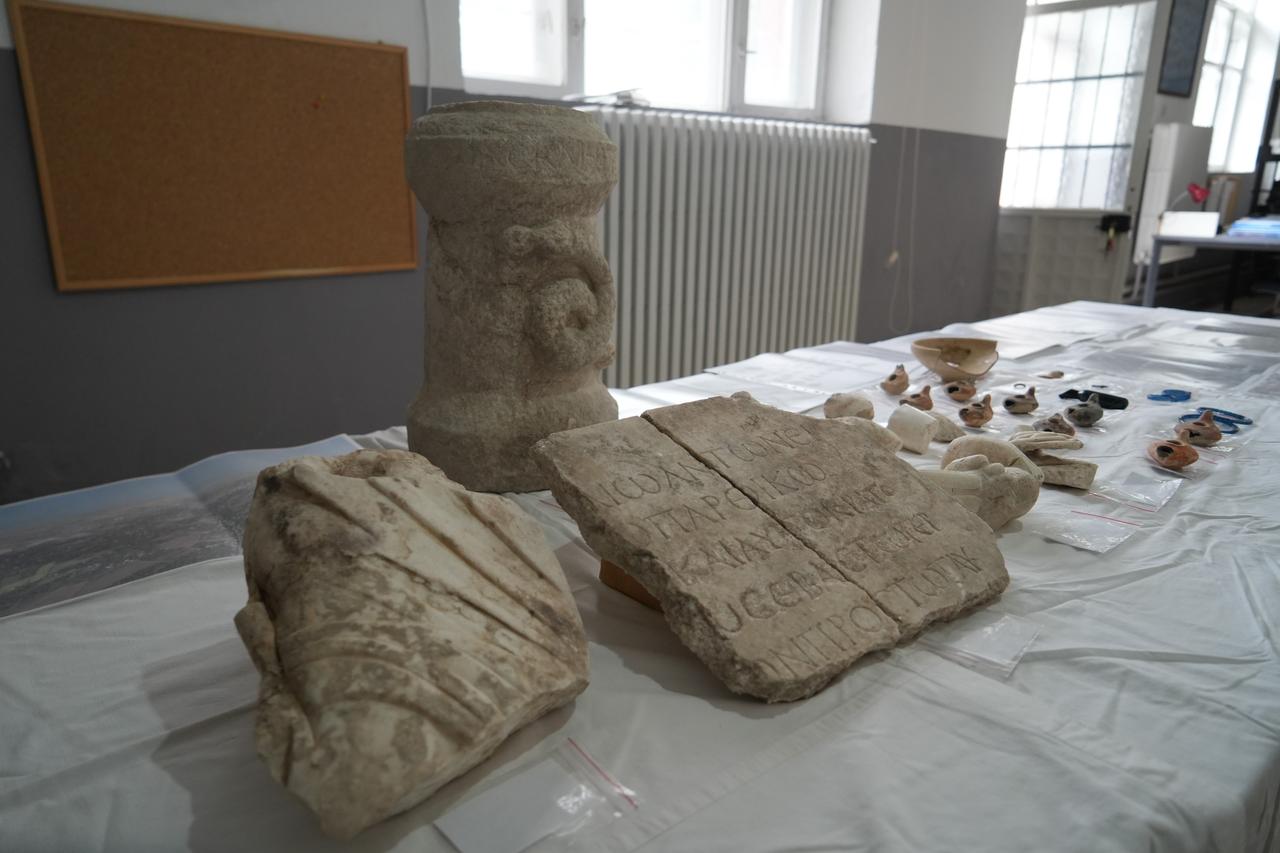
Professor Doganay noted that the team’s extended excavation season brought forward new architectural and ritual evidence. He explained that the pool was not simply a hydraulic structure but a space where water-based healing practices were conducted.
According to Doganay, one of the most significant discoveries was an altar dedicated to Asklepios, recognized in antiquity as the god of medicine and therapy. The altar, decorated with snake motifs—symbolic of rejuvenation and healing in ancient medical cults—was found alongside additional sculptural fragments featuring snake imagery.
These finds, coupled with the architectural remains uncovered along the pool’s eastern side, indicate the presence of a sanctuary or temple complex dedicated to Asklepios. Doganay described the site as “a place where healing rituals involving sacred water once took place,” marking it as a therapeutic destination in the ancient world.
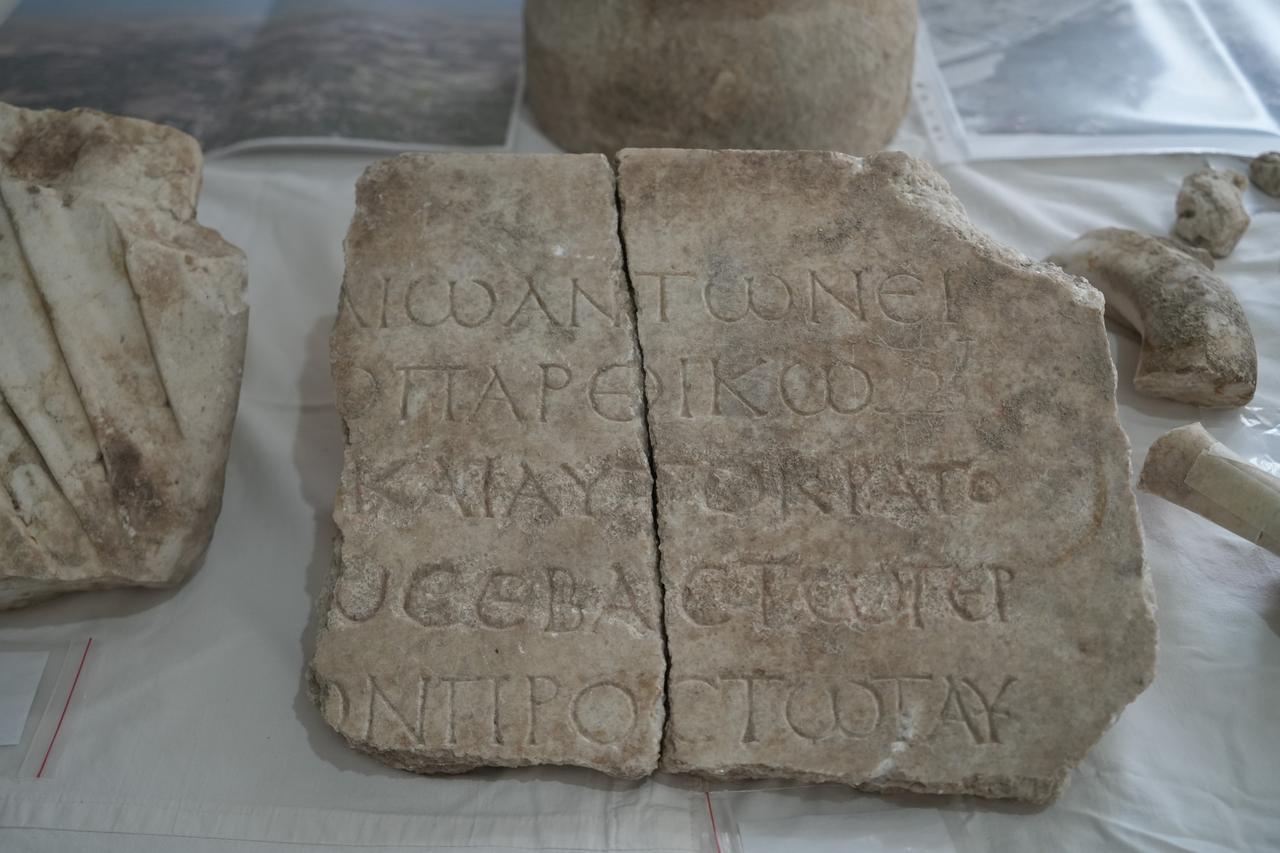
A newly uncovered inscription also clarified the construction history of the site. The text references the Roman emperors Marcus Aurelius and Commodus, confirming that the structure was either commissioned or dedicated to them. This inscription further narrows the construction timeline to between 177 and 180 A.D., marking a defined three-year phase of architectural activity.
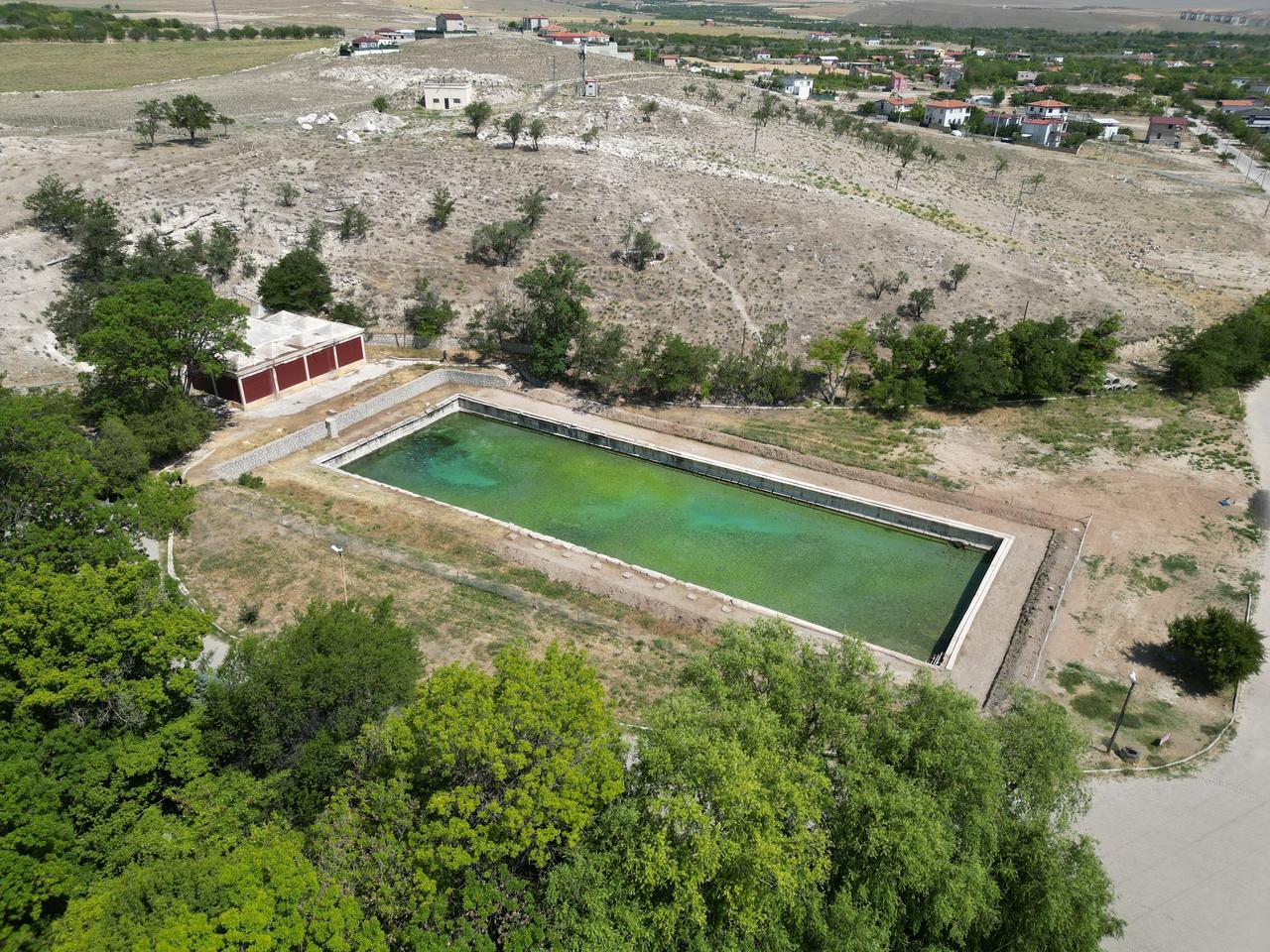
The findings, Doganay emphasized, hold considerable importance not only for the history of Nigde but also for the wider archaeological heritage of the Cappadocia region.
Excavation of the Roman Pool had not been carried out at this level for nearly 80 years, and the latest research provides the first scientific confirmation that the site functioned as a healing complex rather than solely an engineering achievement.
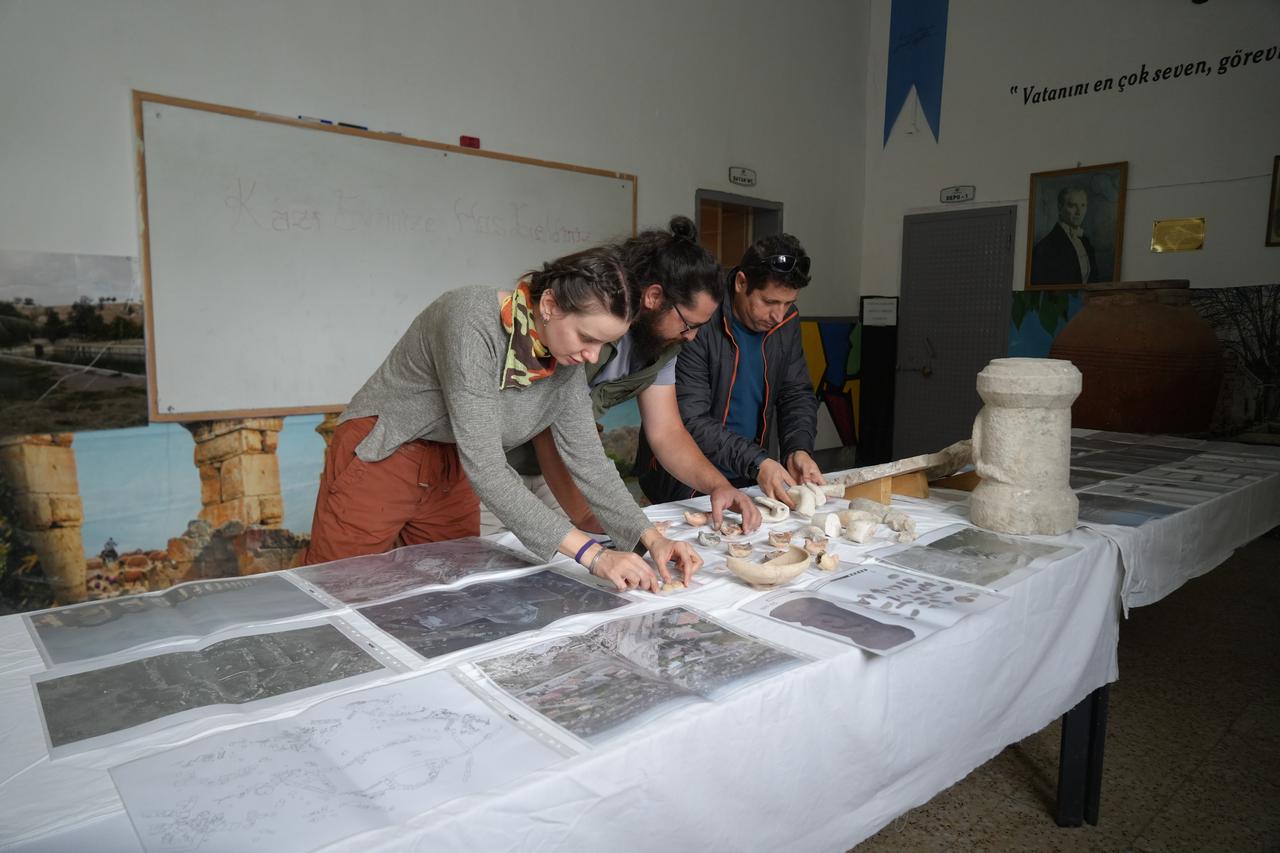
Work is expected to continue in 2026. The team plans to expose additional parts of the surrounding architectural complex and prepare the site for controlled public visitation.
Doganay stated that ancient healing sanctuaries were historically well-visited centers of pilgrimage, where offerings and dedications were routinely left. For that reason, the excavation team anticipates further discoveries as exploration expands.